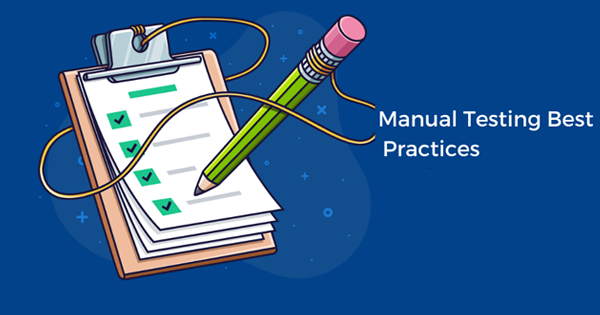
Manual testing plays a crucial role in the software development life cycle, guaranteeing the delivery of high-quality, error-free software to end-users. To optimize the effectiveness of manual testing, it’s crucial to adhere to a set of best practices that streamline the testing process and enhance the overall quality of the software. In this blog, we will delve into key best practices for manual testing.
Thorough Requirement Understanding: Prior to commencing manual testing, it is crucial to gain a thorough understanding of the project requirements. This process entails a comprehensive review of specifications, user stories, and any pertinent documentation. A clear comprehension of the anticipated functionality empowers testers to formulate robust test cases and scenarios.
Continuous Learning and Improvement: Cultivate an environment of continuous learning and improvement within the testing team. Facilitate regular retrospectives to scrutinize the testing process, pinpoint areas for enhancement, and implement improvements. Promote knowledge-sharing and training initiatives to ensure the team remains abreast of the latest testing techniques and tools.
Defect Documentation and Reporting: When defects are discovered, meticulously record them in a defect tracking tool. Provide comprehensive details about the issue, including step-by-step instructions to reproduce it and any relevant supporting documentation. Creating clear and thorough defect reports enhances effective communication with the development team.
Detailed Test Planning: Create a detailed test plan that encompasses the testing approach, goals, scope, resources, and schedule. Clearly articulate the testing strategy, including the various types of testing to be conducted (functional, non-functional, etc.) and the criteria that signify test completion. A meticulously crafted test plan serves as a roadmap for guiding the testing process.
Data Management: Handle test data meticulously, ensuring its coverage across a spectrum of scenarios. Utilize both realistic and extreme data values to verify the system’s behavior under diverse conditions. Keep test data relevant and accurate by routinely refreshing and updating it.
Effective Test Case Design: Develop transparent, succinct, and thorough test cases encompassing all conceivable scenarios. Guarantee that the test cases are easily comprehensible, providing step-by-step instructions for execution. Maintain consistency using a standardized template and incorporate both positive and negative test cases, along with boundary values and edge cases.
Effective Communication: Set up transparent communication channels within the testing team and with other stakeholders. Regularly provide status updates, hold meetings, and foster open communication to cultivate a collaborative testing environment, ensuring alignment among all team members.
Adherence to Test Execution Standards: Adopt a consistent and standardized approach throughout the test execution phase. Execute test cases precisely as outlined in the test plan, and document the results meticulously. This practice ensures repeatability and facilitates the identification of any deviations from the expected outcomes.
Environment Setup and Configuration: Establish a stable and representative testing environment that closely mirrors the production environment. This involves installing required software, configuring hardware settings, and ensuring the availability of relevant test data. A dependable test environment is crucial for obtaining accurate and reliable testing results.
Traceability Matrix: Maintain a traceability matrix to establish connections between test cases and specific requirements. This practice ensures comprehensive test coverage by linking each requirement to at least one corresponding test case. Additionally, a traceability matrix provides a clear overview of the testing process and aids in identifying any potential gaps in coverage.
Conclusion:
Manual testing, when carried out in adherence to best practices, emerges as a potent instrument for ensuring the delivery of dependable and high-quality software. By placing emphasis on meticulous planning, efficient communication, and ongoing improvement, testing teams can elevate their effectiveness and make substantial contributions to the overall success of the software development process.
Digital Marketing Manager at Cotocus